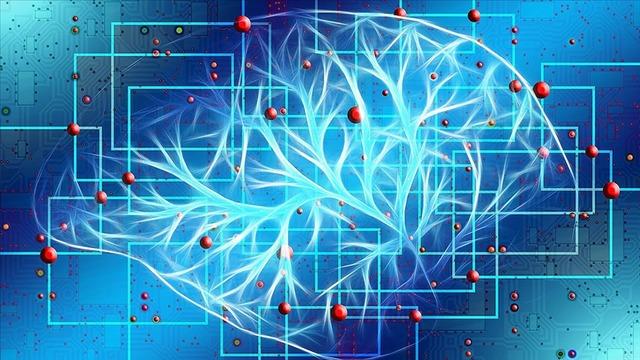Machines are getting better and better at mimicking humans’ senses of sight and taste. However, the same cannot be said for the sense of smell. Because it can be said that there has been some delay in the development of this subject.
STUNNING WORK FROM RESEARCHERS!
But researchers at the University of Pennsylvania’s Monell Center for Chemical Senses, along with colleagues at Osmo, a subsidiary of Google DeepMind, have developed a neural network-based system that can analyze an odor molecule and describe in human language what it should smell like. led a system-building study. The artificial intelligence system led to the development of what the researchers called the Main (Basic) Odor Map (POM).
Joel Mainland of Monell says, “In olfactory research, the question of what physical properties a molecule in the air smells like that to the brain has remained an enigma. But if a computer can discern the relationship between how molecules are shaped and how we ultimately perceive their odor, then scientists can use that information in our brains.” and to understand how our noses work together.” said.
Such information could help researchers develop better mosquito repellents or deodorizing products, among other possible applications.
BETTER PERFORMANCE THAN AI
To train the system, the research team fed the system with the molecular structure of 5,000 odorants and a set of definitions describing odors such as “minty” or “musty”. The team also invited 15 panelists. After sniffing the 400 scents, the panelists were given 55 words to use to describe each scent.
In tests, the AI system performed slightly better than the panelists.
BUT THERE WAS AN EVEN MORE IMPRESSIVE RESULT..
Mainland explained this result as follows:
“The most surprising result was that the model did well on olfactory tasks for which it was not trained. We never trained the model to learn olfactory power, but it was still able to make accurate predictions,” he said.
IT WOULD TAKE A PERSON 70 YEARS
The researchers then used the system to map 500,000 odor molecules that were never actually synthesized. The team says it would take 70 years for a human to complete this task.
“Progress in neuroscience is often measured by the creation and discovery of new world maps powered by neural circuits,” the researchers wrote, adding that they hope this map will be useful to researchers in chemistry, olfactory neuroscience, and psychophysics as a new tool to explore the nature of the sense of smell.
The research was published in the journal Science.
